Coal miners ready for next shift in Maidsville, West Virginia in 1938. By the early 20th century, the U.S. had become the world’s leading industrial nation. (Credit: Universal History Archive/UIG via Getty Images)
See Striking 1900s Photos of Coal Miners in Europe and Appalachia
With the advent of the Industrial Revolution in the 18th century, coal became essential to manufacturing. As the demand to power new heavy machinery in factories grew, the mines became deeper and the jobs more demanding and dangerous. See the faces behind this worldwide quest for coal.
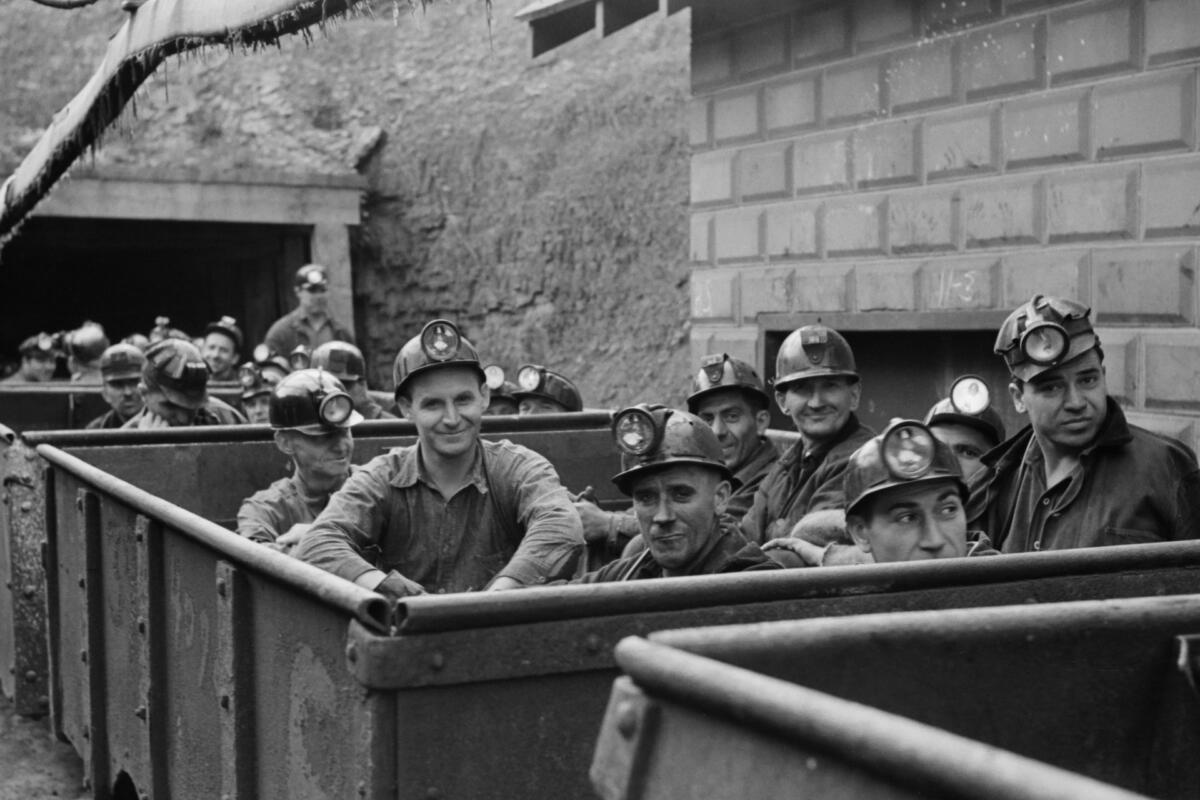
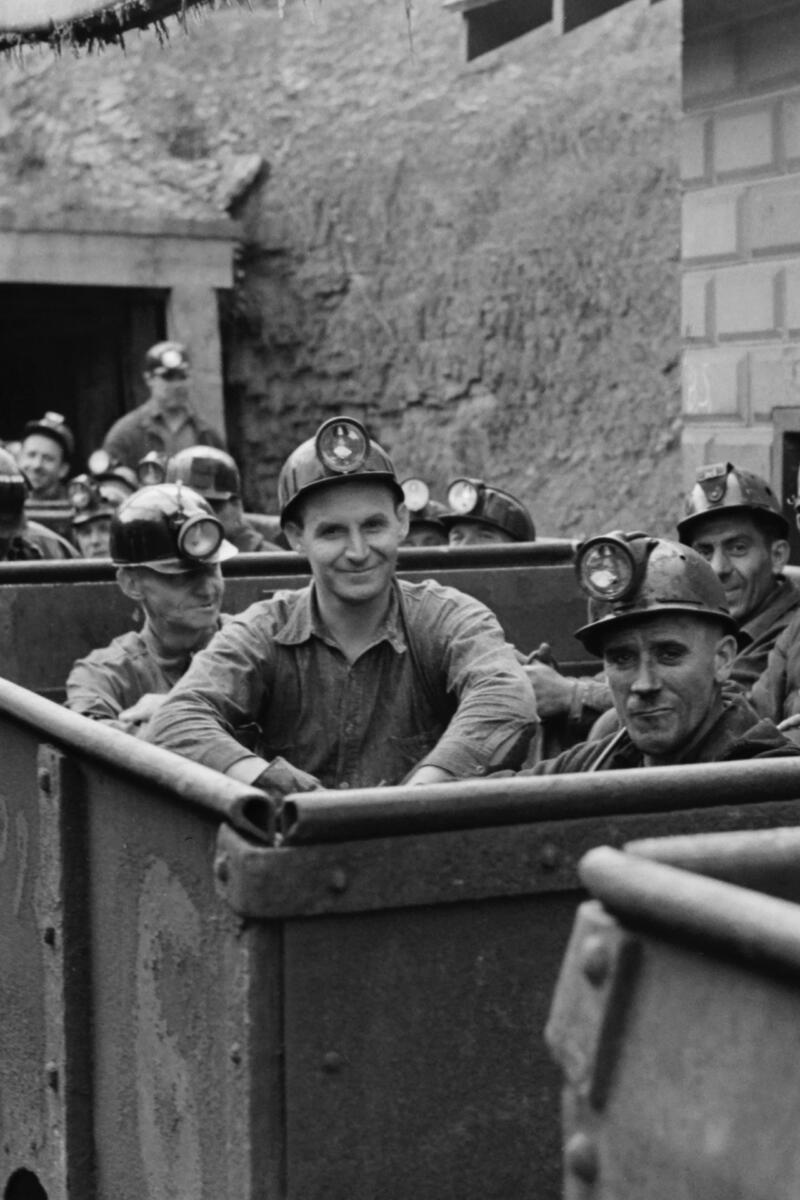

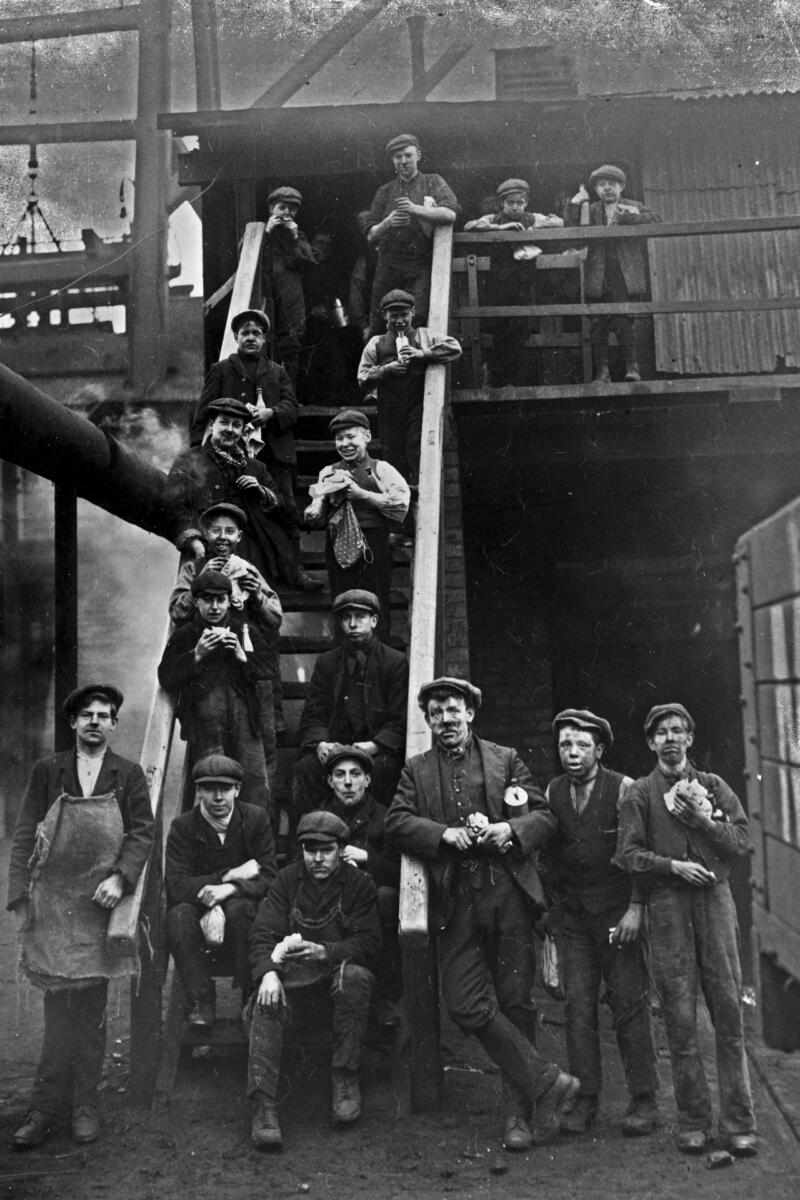
A group of “pit boys” wait to go to work in the Sirland & Alfreton pits in Derbyshire, England, 1905. Although a subject of controversy now, child labor was an integral part of the economy during this time. Since the mid-19th century it was common for young boys, sometimes no older than 10 years old, to accompany men in the mines for work. (Credit: Bettmann/Getty Images)

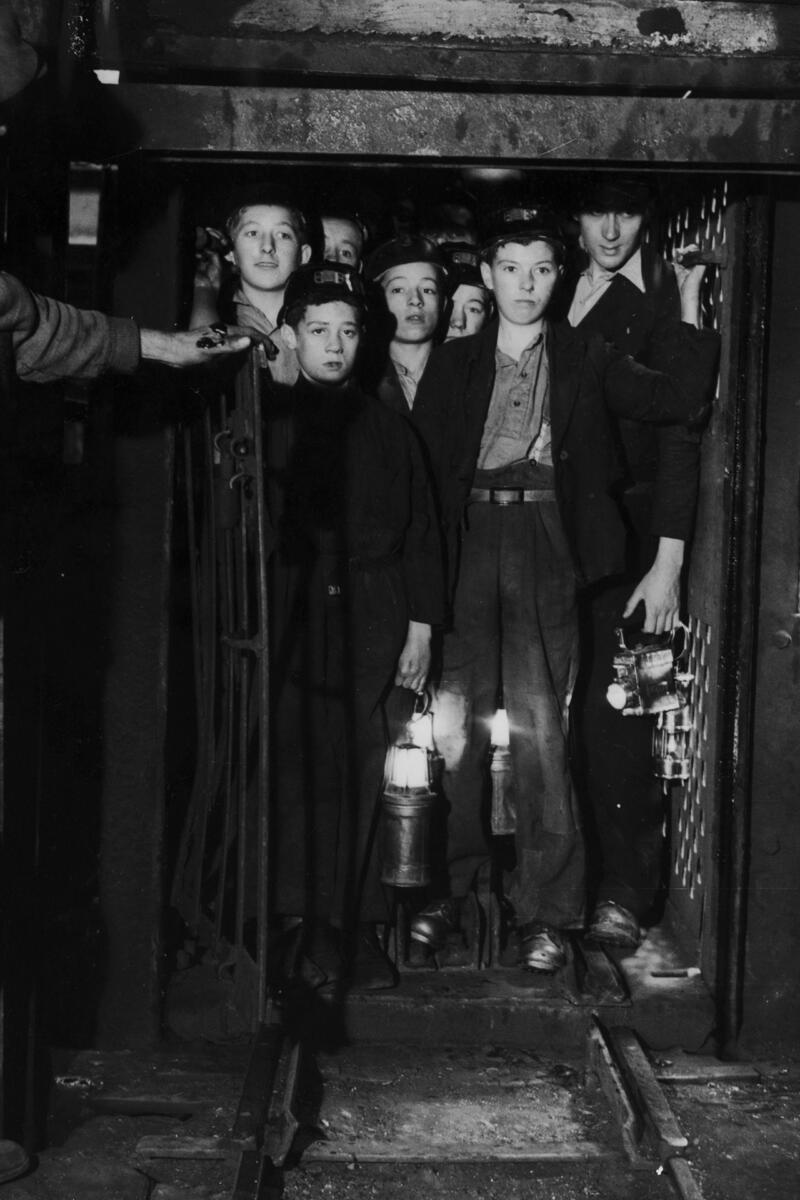
These miners, known as “Bevin Boys,” worked in the Markham Colliery, Yorkshire, England in 1943. Bevin Boys were young British men drafted into the coal mining industry after the start of the second World War. With their country’s coal industry in jeopardy, these young men of all skill and background, were put in as the miner’s replacements to increase production. (Credit: New York Times Co./Getty Images)
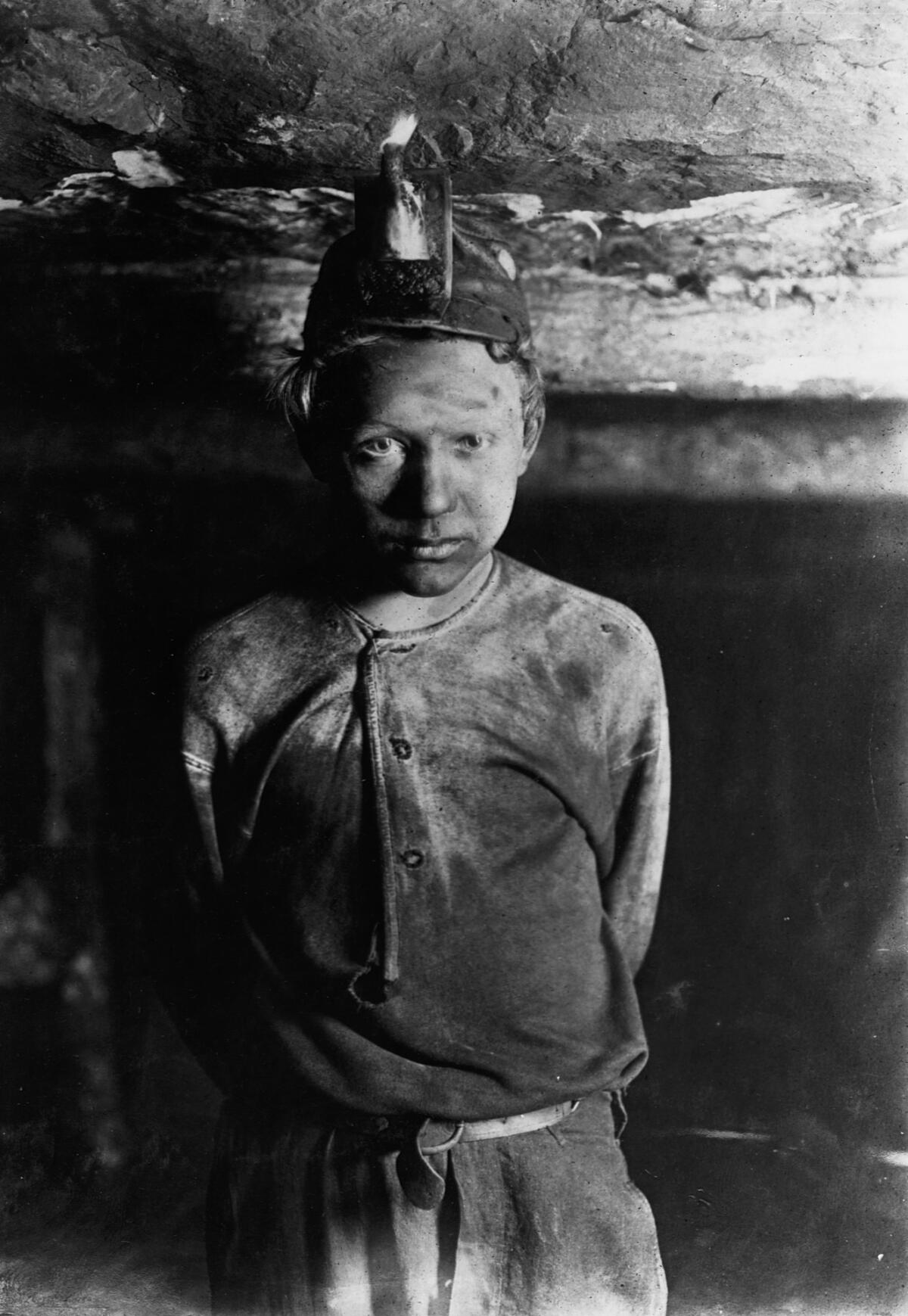
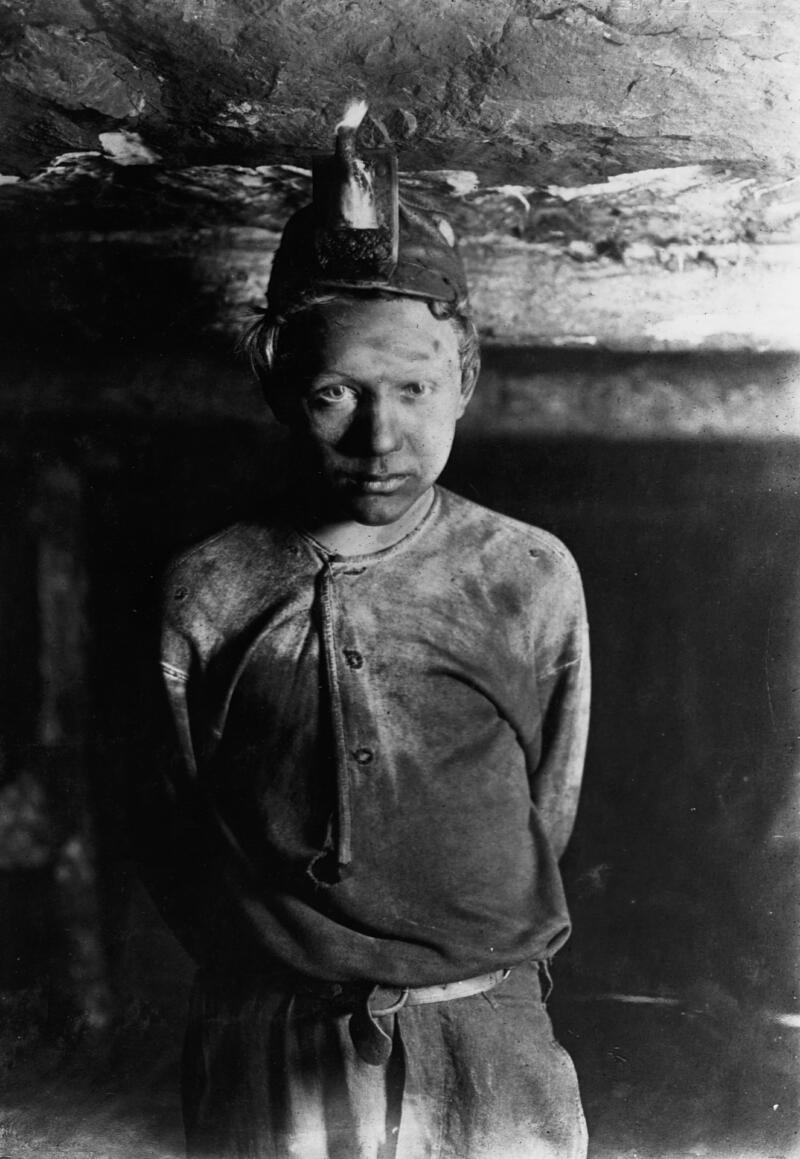
By 1900, at least 18% of all American workers were still under the age of 16. This young boy worked as a coal miner in Brown, West Virginia in 1908. (Credit: Library of Congress/Corbis/VCG via Getty Images)
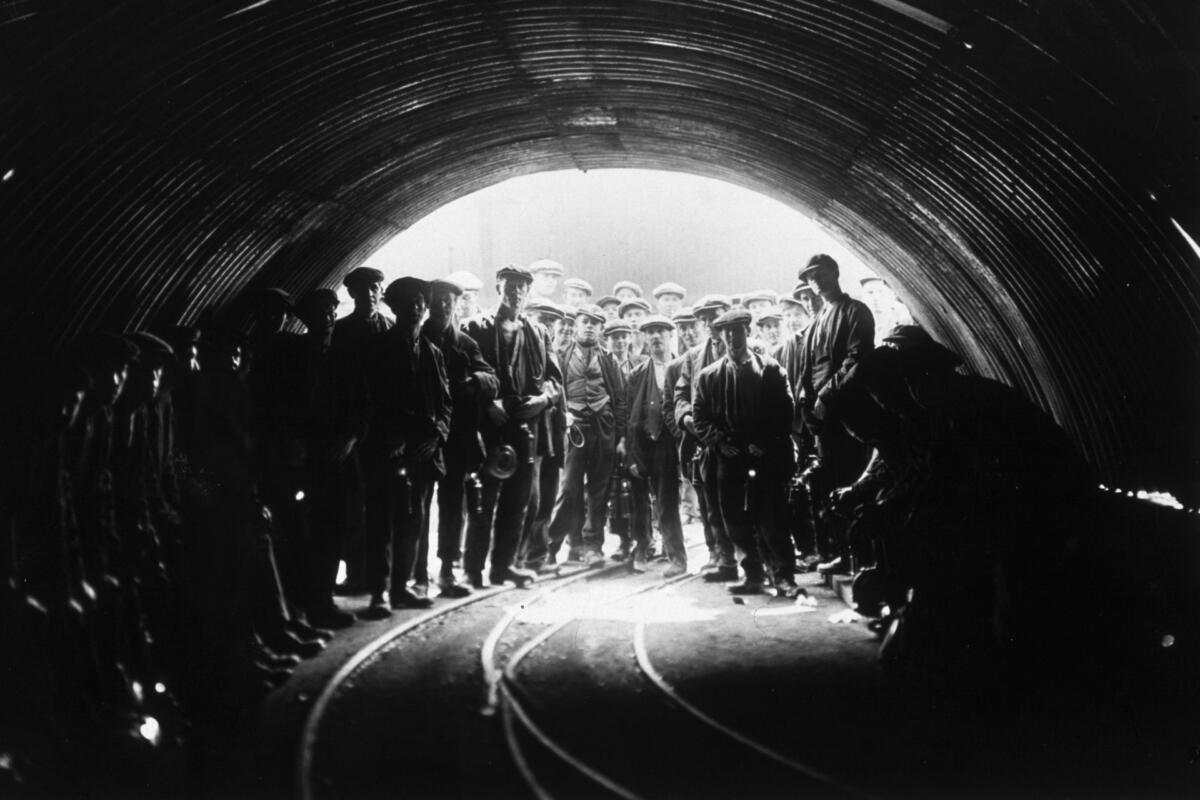
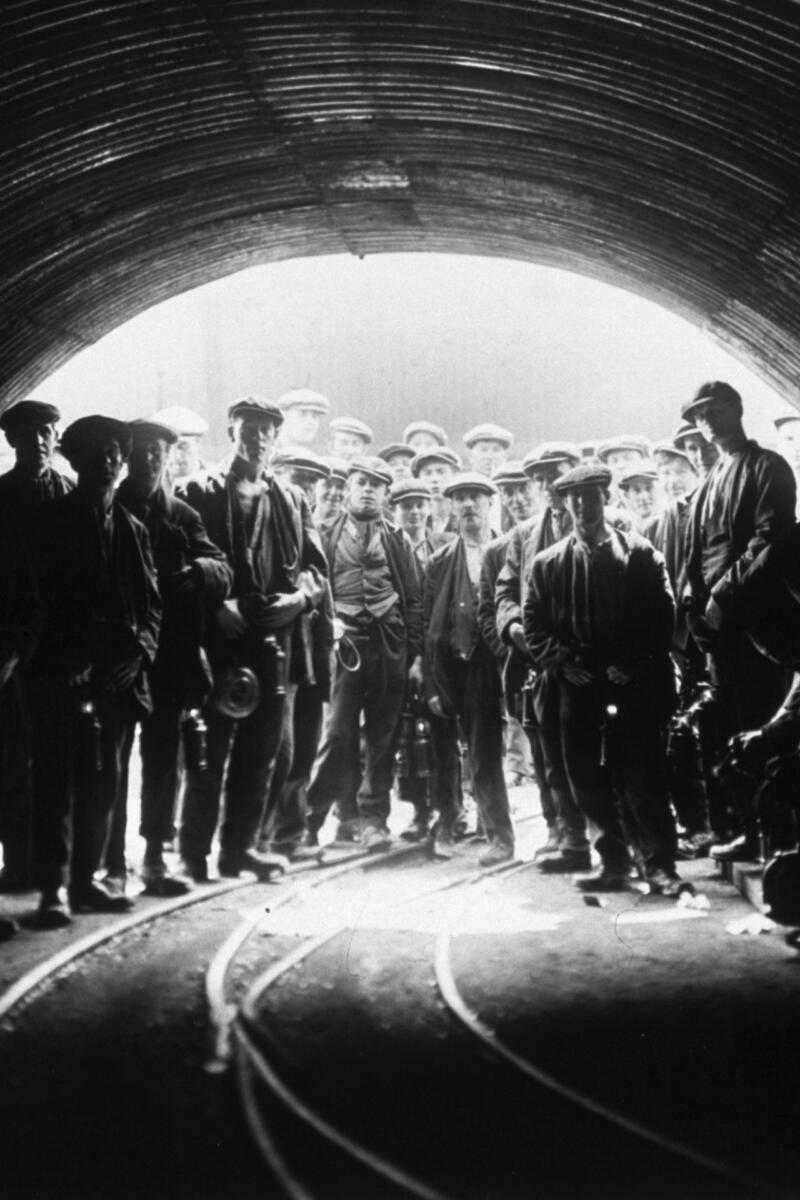
This photograph of coal miners standing at the head of Tilmanstone Colliery, Kent, England was taken in 1930 using a Sashalite. This was a camera flash ignited by an ordinary battery so it was safe to use inside the mine. Previous flashes, which used highly explosive flash powder, posed an extremely dangerous risk within a mine. (Credit: Sasha/Getty Images)
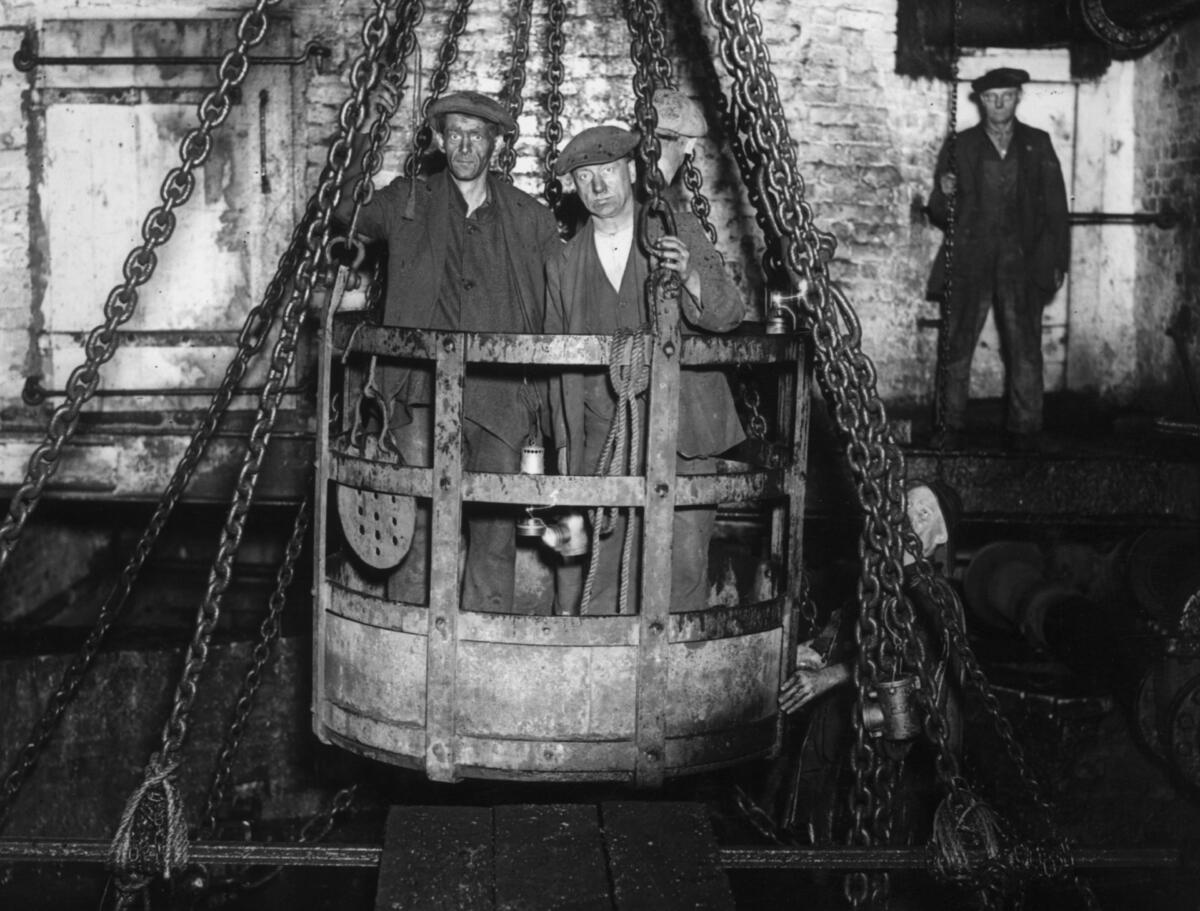
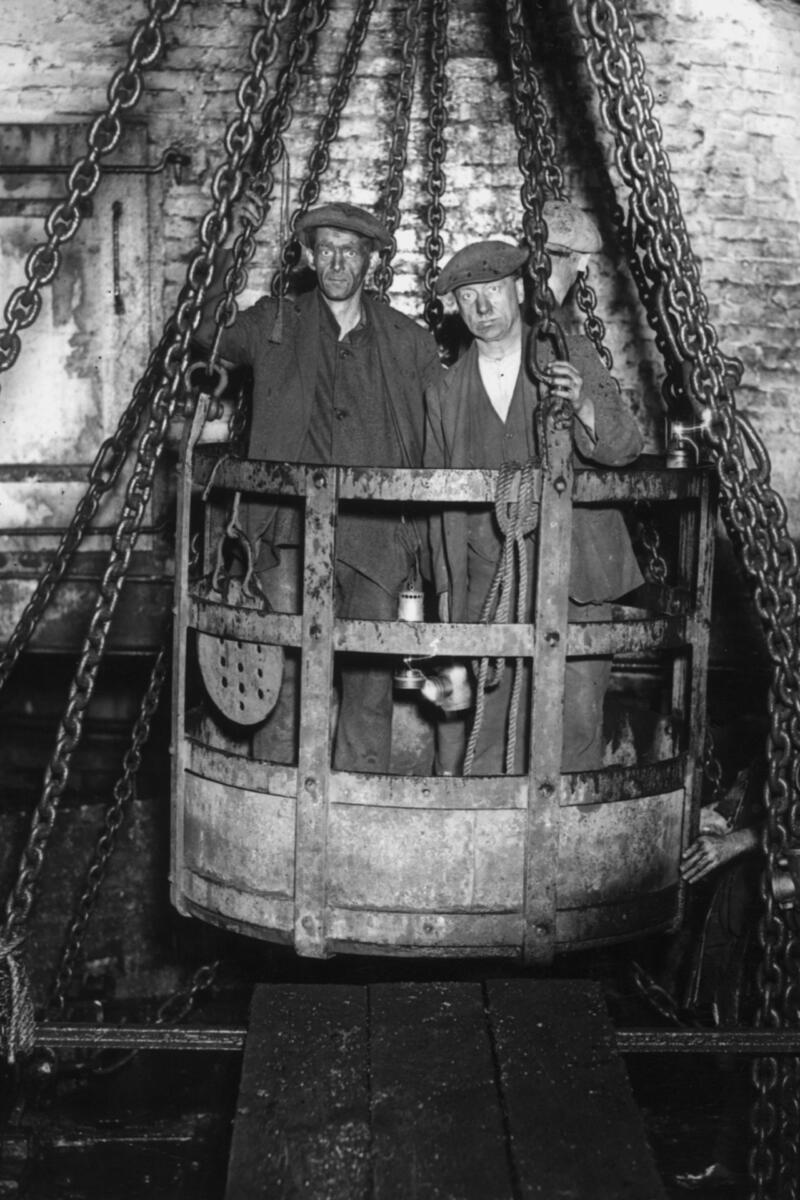
This image was also taken with the Sashalite in 1930. These men are in a mine cage, used for moving men and supplies up and down from the mine. (Credit: Sasha/Getty Images)


Miners digging for coal in South Wales, 1931. For many generations, coal has been a big piece of the energy supply, still playing a role in the world economy today. It’s large deposits of coal and iron were one of the many reasons Britain could become the birthplace of the Industrial Revolution. (Credit: Daily Herald Archive/SSPL/Getty Images)
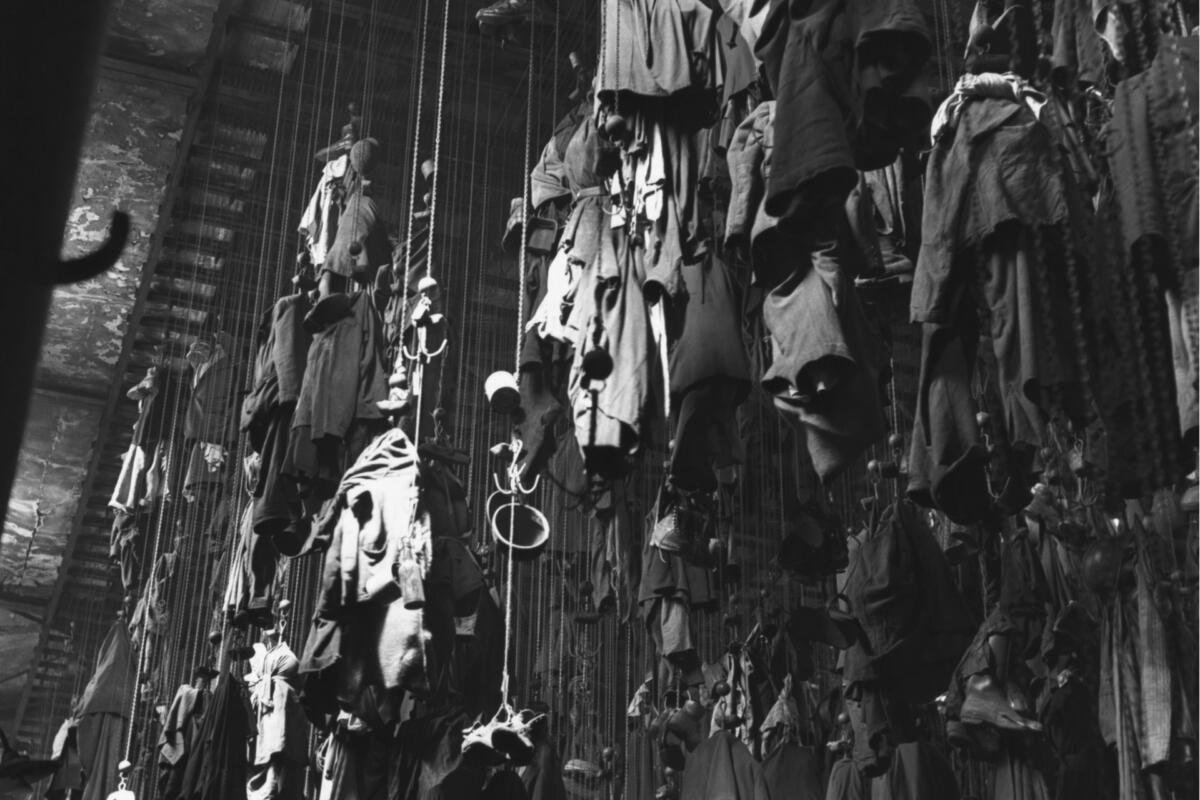

Miners clothes were hung on pulleys, bearing the assigned miner’s number. This was a common custom in the Ruhr Valley in Germany. (Credit: Hulton-Deutsch/Hulton-Deutsch Collection/Corbis via Getty Images)
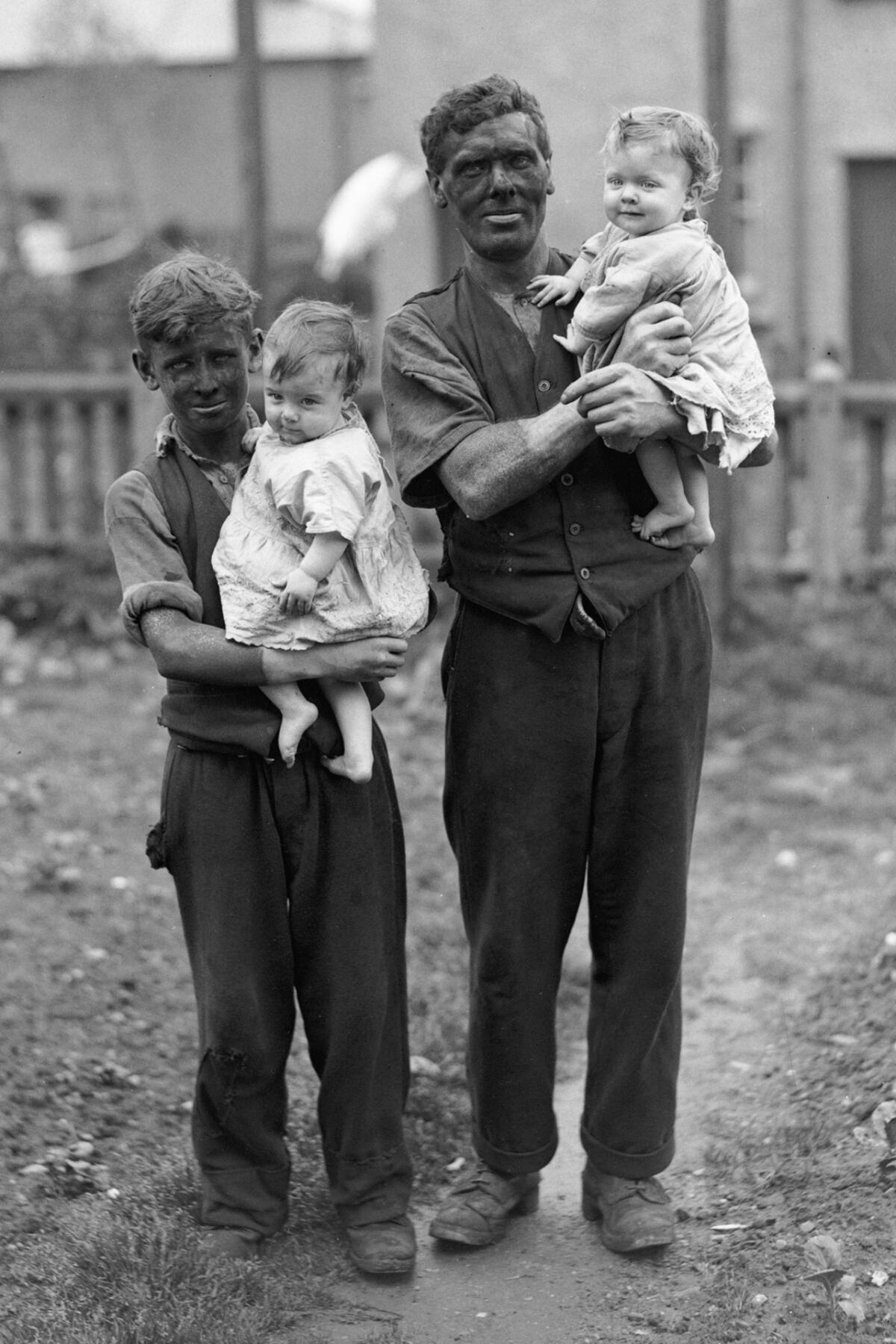
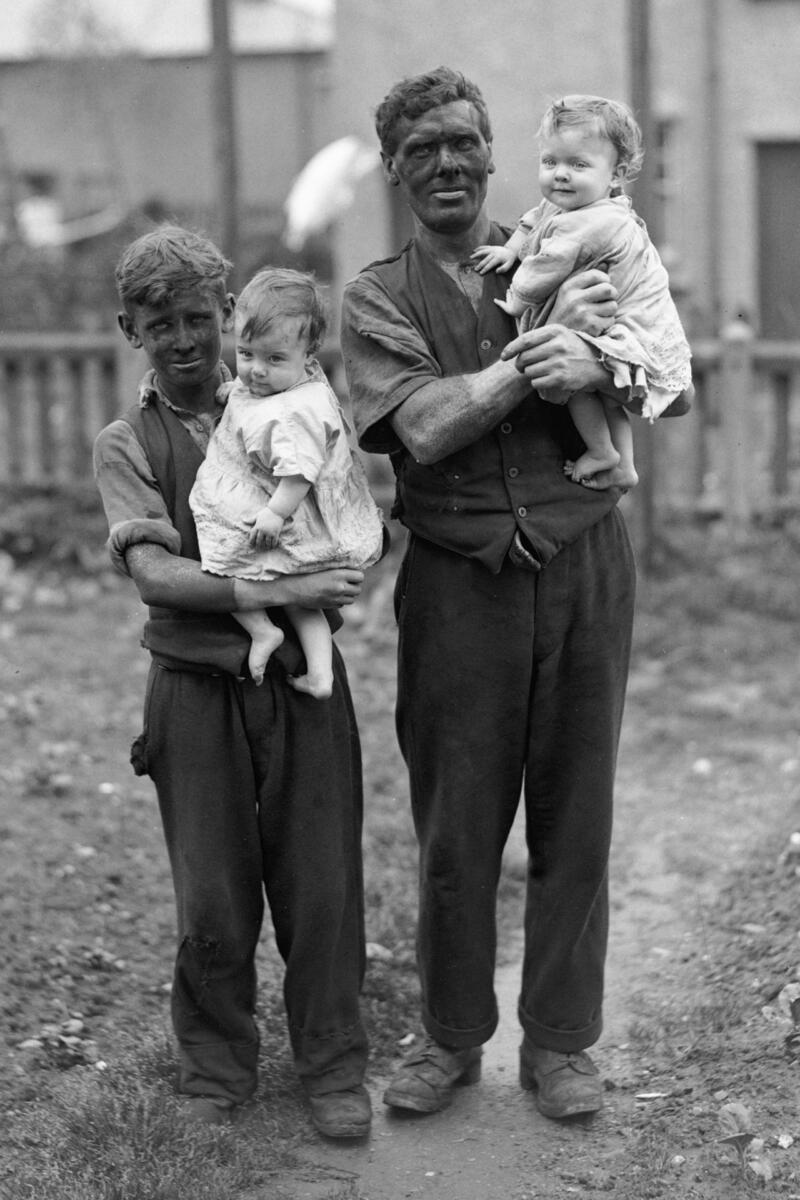
A miner and his family in Rhondda Valley, South Wales in 1931. In this coal mining village, boys are usually only too eager to join their fathers in the pit. They go down as soon as they are old enough to work. (Credit: Daily Herald Archive/SSPL/Getty Images)
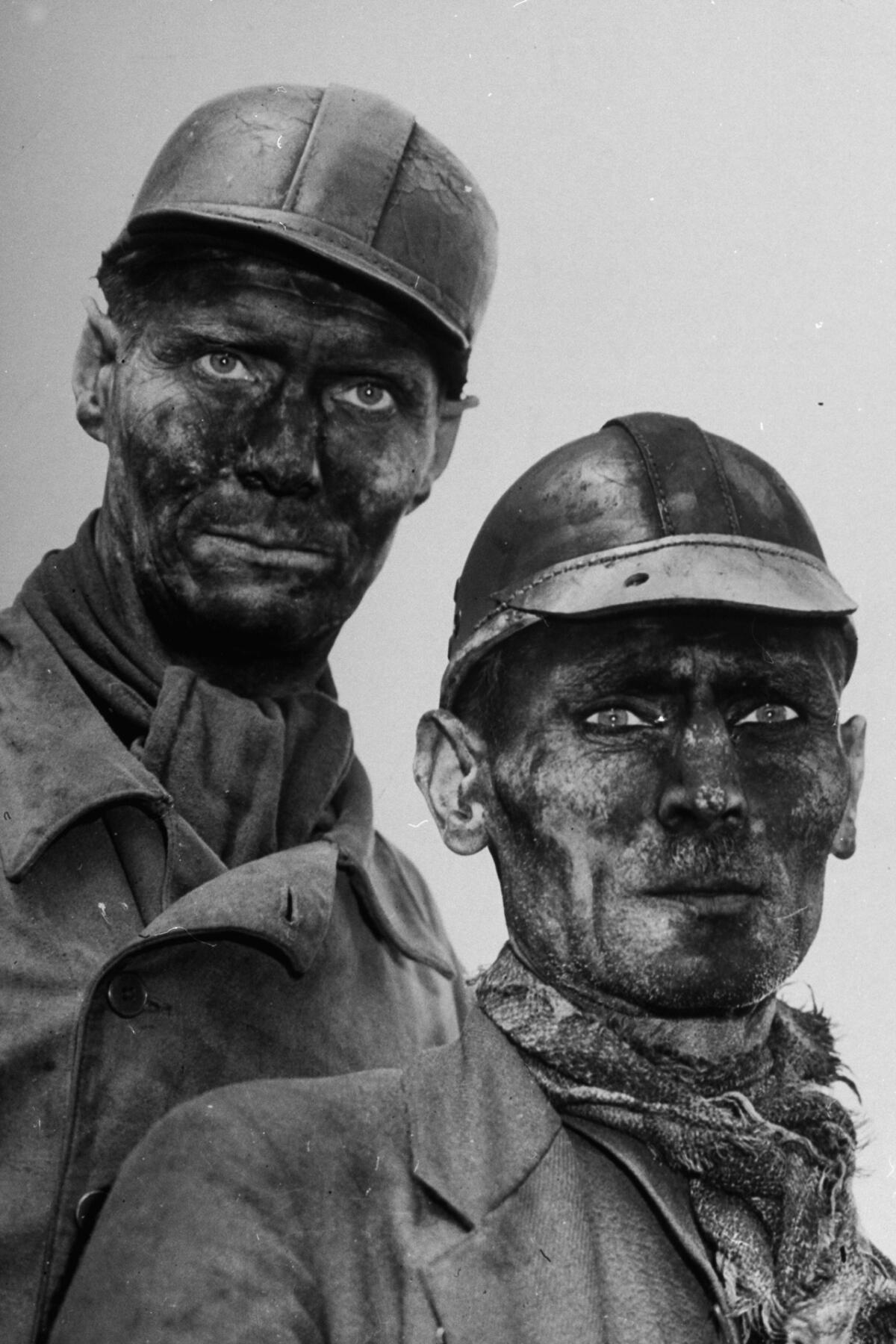
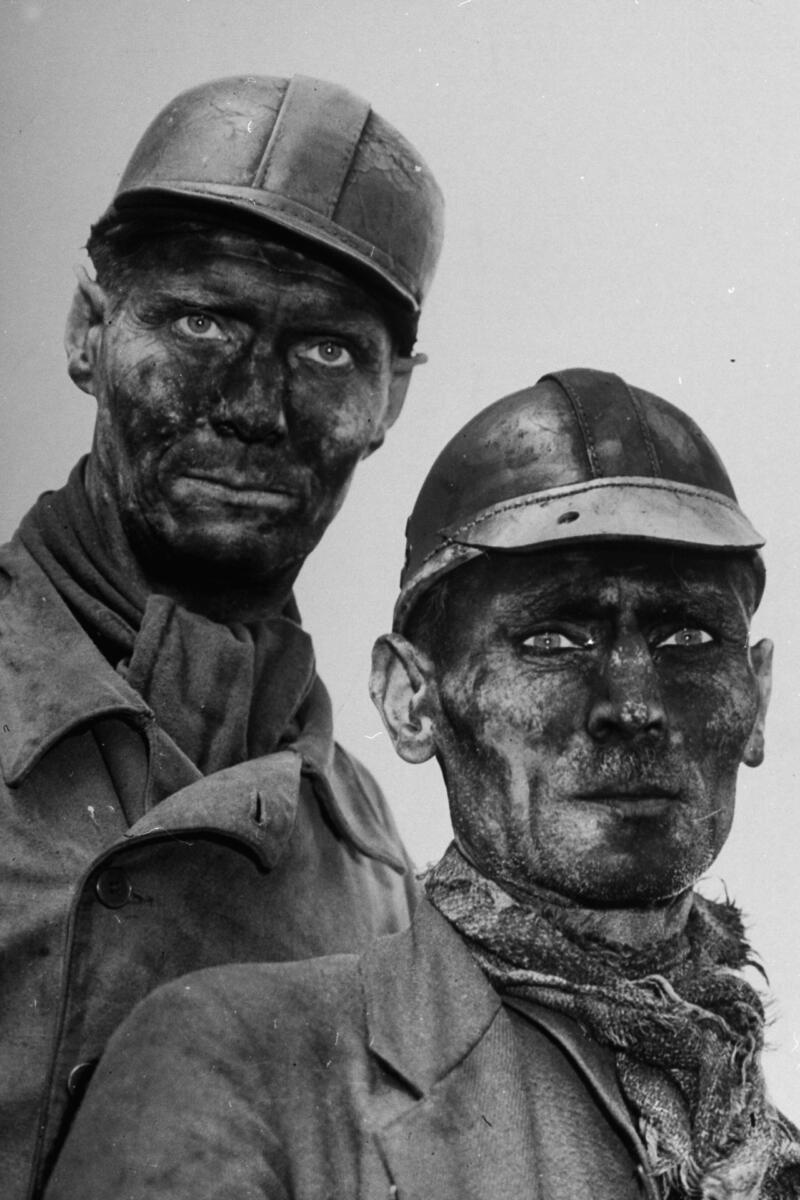
Just as eager as young boys were to get in the pit, after the second World War men were keen to hold onto their jobs. These two grimy-faced German coal miners were concerned that post-war management would close out their job in the Ruhr Valley in 1945. (Credit: Margaret Bourke-White/The LIFE Picture Collection/Getty Images)
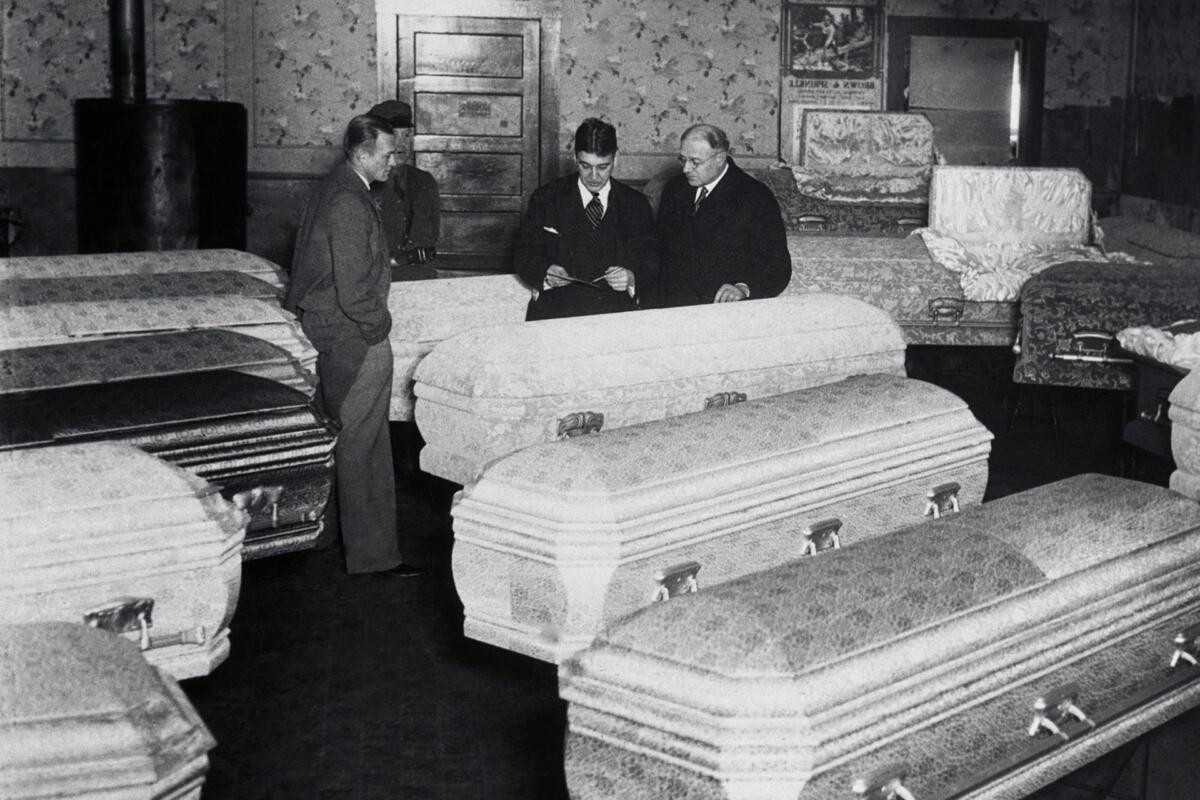
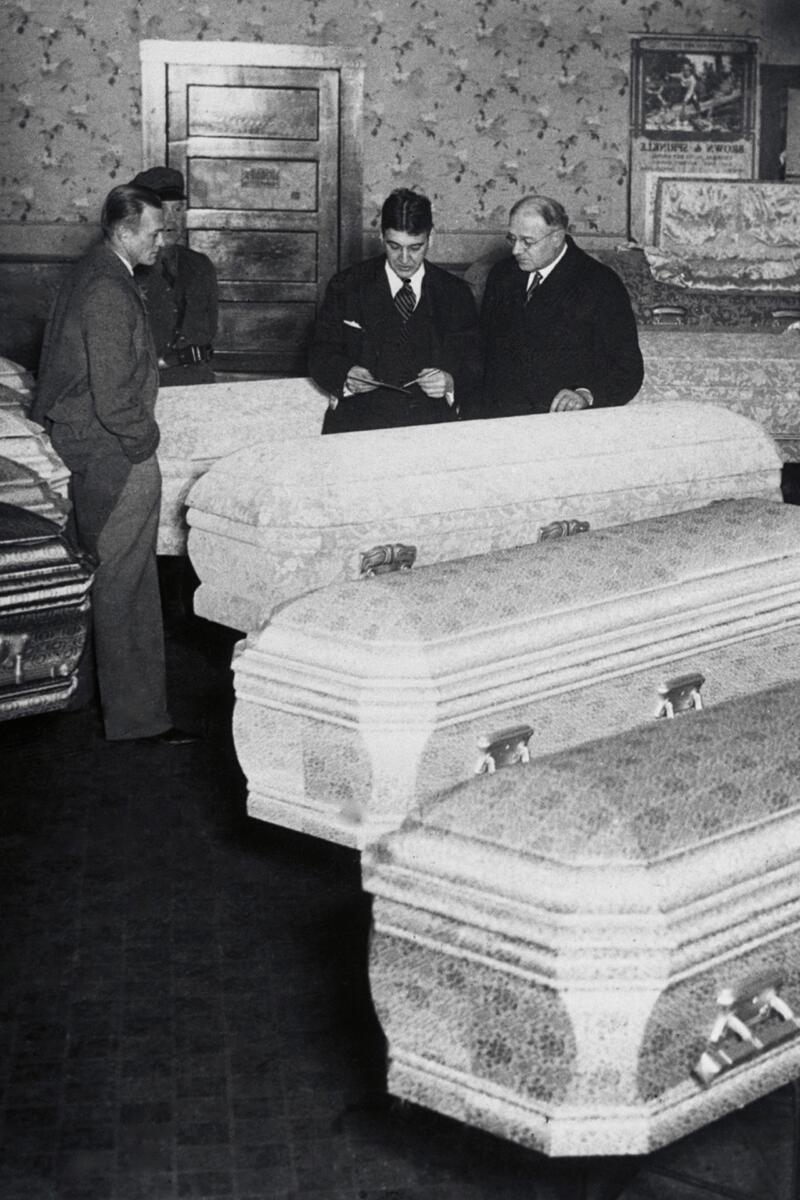
Funeral parlor scene for coal mining victims from Moweaqua, Illinois, 1932. While rescue workers were digging to reach the 14 entombed miners from the wrecked tunnels of the coal mine, funerals of some of the 40 recovered dead were under way. The 54 men died from a gas explosion on the morning of Christmas Eve. (Credit: Bettmann/Getty Images)
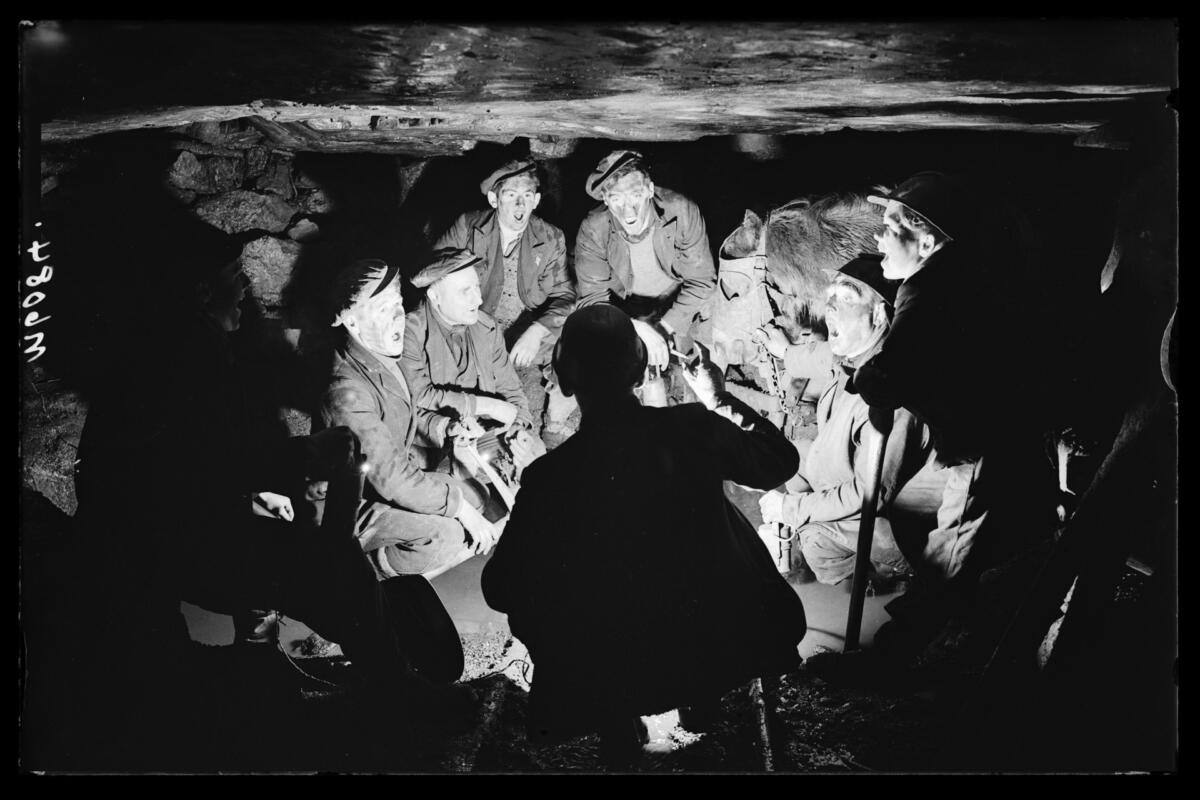

1943 Welsh miners singing Christmas carols underground at the Bryn Varteg Colliery, Wales. (Credit: Daily Harold Archive/SSPL/Getty Images)

